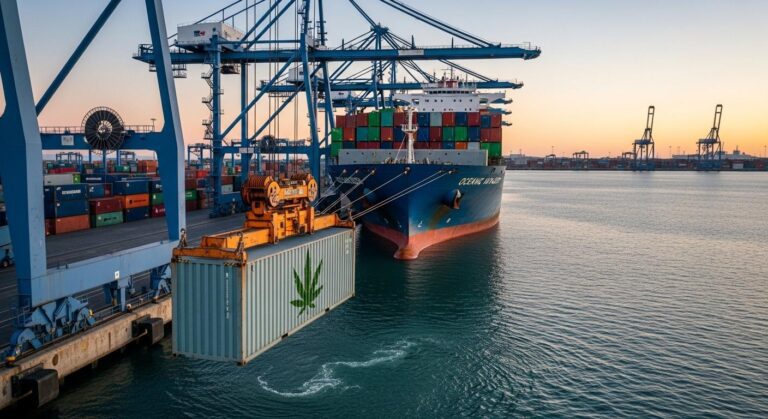Contents
Introduction to Cannabis Trade in Australia
The Australian cannabis industry has taken a fascinating turn over the past few years. With an increasing focus on medicinal cannabis, there has been significant growth in the ways Australia engages in cannabis imports and exports. International cannabis trade isn’t just about moving products across borders; it’s a story of careful regulation, celebrating agriculture, and, yes, a bit of healthy skepticism.
So why is international trade so crucial for Australia? For starters, it allows Australian companies to access high-quality medicinal cannabis products that may not be available locally. It also offers a golden opportunity for Australian manufacturers to tap into new markets, promoting exports and economic growth. The government and its regulatory bodies play a pivotal role in ensuring that this trade is executed safely, effectively, and legally under the Therapeutic Goods Act. But how do all these pieces fit together? Let’s explore.
The Regulatory Bodies Governing Cannabis Trade
The labyrinthine world of cannabis trade in Australia is held together by some key players. At the forefront is the Therapeutic Goods Administration (TGA), responsible for regulating therapeutic goods, including cannabis, to ensure safety and efficacy. The Office of Drug Control (ODC) takes charge of the licensing, compliance, and permits involved in cultivation and production.
Each body has its own set of responsibilities, and together they form a robust framework that governs cannabis trade. Compliance and enforcement are not just buzzwords; they are the backbone of the system, ensuring that the country’s medicinal cannabis supply meets the highest standards. After all, nobody wants to find themselves on the wrong side of the law—or the border.
Importation of Medical Cannabis into Australia
Importing medical cannabis into Australia is no small feat. There are specific criteria that need to be met to ensure the quality and legality of the products entering the country. Importers must navigate through a maze of procedures, fulfilling requirements like securing permits and adhering to the Special Access Scheme if the products are for patient use.
Some of the major exporters of medicinal cannabis to Australia are countries like Canada and Thailand, known for their high-quality cannabis cultivation. Yet, it isn’t all smooth sailing. Importers face various challenges, from meeting Australia’s stringent safety standards to dealing with the fluctuations in supply and demand. It’s a delicate dance of logistics and compliance.
Exporting Australian Cannabis Products
On the flip side, Australia isn’t just a recipient; it’s also a proud exporter of cannabis products. The regulations here are equally rigorous, focusing on quality control and market suitability. For Australian companies eyeing the global stage, it’s crucial to secure an export license, a demanding process supervised by the ODC.
Potential markets for Australian cannabis products span the globe, with significant growth opportunities in North America, Europe, and parts of Asia. The economic impact of these exports is noteworthy, contributing to job creation and enhancing the overall health of the cannabis industry. But, much like a well-tended garden, it requires careful nurturing.
Legal and Compliance Issues in Cannabis Trade
Navigating the legal landscape of cannabis trade is akin to walking a tightrope. International trade agreements, laws, and policies can sometimes present challenges for traders. Compliance with international cannabis trade laws is essential, demanding a keen understanding of the intricate rules governing drug control.
Customs and Border Protection plays a crucial role here, ensuring that all cannabis entering or exiting Australia is accounted for and meets all legal requirements. Legal challenges are manifold, but staying ahead of them is key to successful trade.
Economic and Social Impact of Cannabis Trade
The economic contribution of cannabis trade to the Australian economy is considerable. Beyond the monetary aspect, it drives industry growth and creates employment, particularly in sectors like agriculture and manufacturing. As the industry expands, so does public perception—gradually shifting towards acceptance of cannabis trade.
Socially, the implications of a thriving cannabis trade cannot be understated. It offers patients access to important medicinal cannabis products and has the potential to transform lives. However, the conversation continues on how best to balance growth with safety and regulation.



